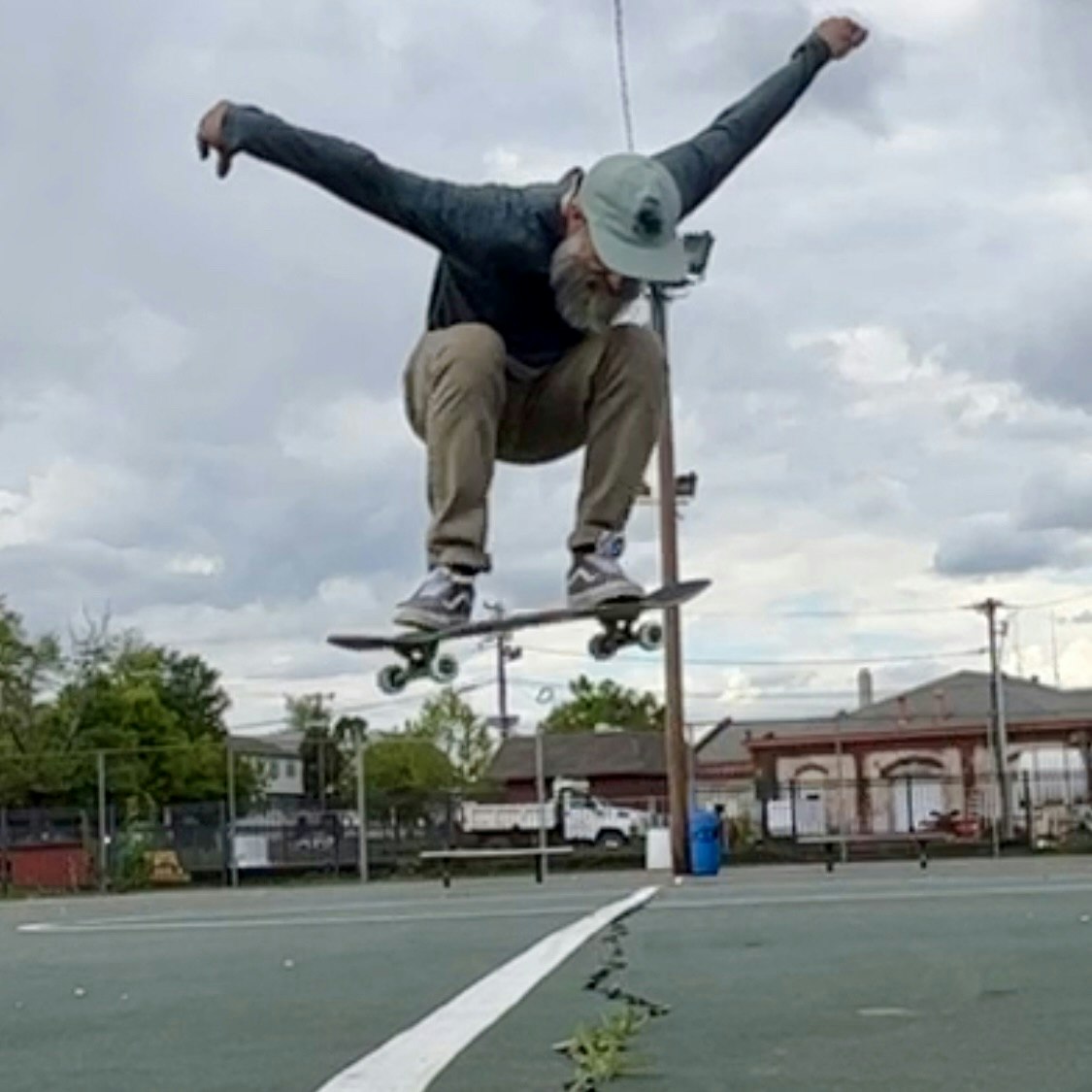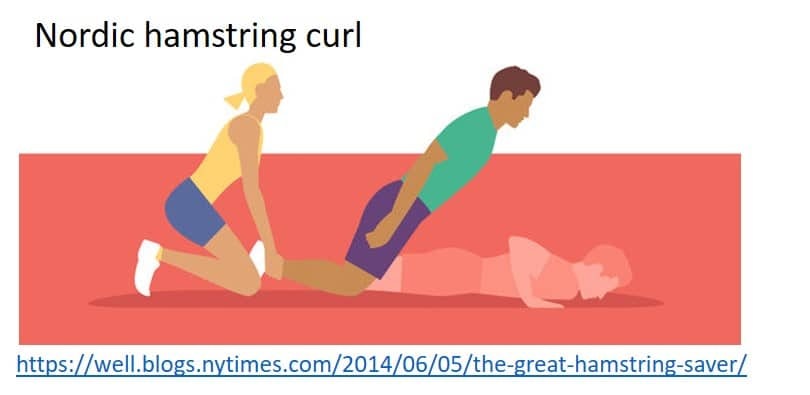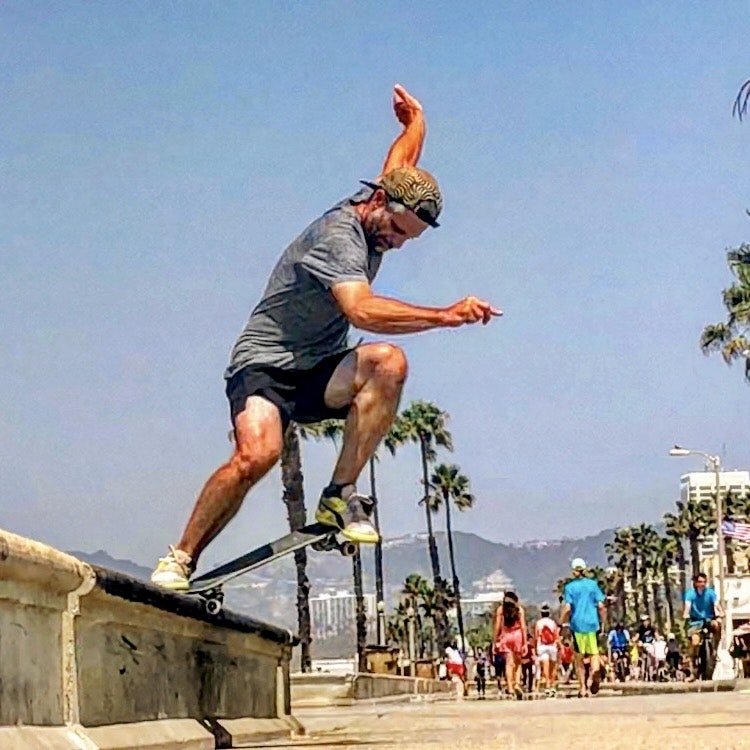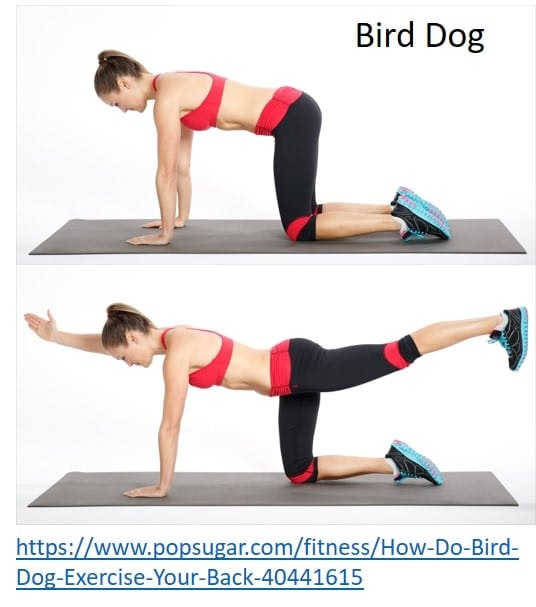
Many athletes have experienced a hamstring strain at some point in their career. Sports that require a high level of sprinting including soccer, football and track are more vulnerable than others, and without proper rehab, the risk of a second hamstring injury is even greater. Here are some tips on what to do to get back to sport quickly while minimizing the risk of further injury and ways to prevent hamstring injuries.
Rehab after hamstring strain
The first important thing to do is to see a Physical Therapist to assess the severity of the situation. There are 3 grades of hamstring muscle injury. Grade 1 is a strain of some of the muscle fibers, but usually no tears. This can heal with a couple days of rest and protection. A grade 2 is slightly more severe with a possibility of a few muscle fibers torn. Depending on the extent of injury you may be out for a couple weeks. A grade 3 injury is the most intense and is when there is a full tear of the muscle. This can happen anywhere along the muscle – for the hamstring that is on the back of the leg from the knee to your pelvis. A grade 3 injury requires a longer period of rest and protection to allow the muscle to heal back together. When this happens it is helpful to work with a physical therapist to decrease pain level and help bring more blood flow to the area to assist with healing.
It is common when someone strains a muscle to be told to stretch more, but often that is not a helpful strategy initially. If you had a string that was partially torn would you want to stretch it more or protect it from stretching and try to strengthen it? Muscles are living tissue that can regenerate, but it is important to protect them to allow them to heal properly. Once you can fully straighten your leg without pain, it is time to start strengthening to prevent this from happening again. There is a gradual progression that must take place to allow the muscles time to build up force and your physical therapist is educated to take you along that road.
Tips to prevent a pulled hamstring
The good news is that strengthening your muscles and hamstrings before intensive activity can help prevent injuries. There is a lot you can do with limited equipment to decrease your risk of injury. The hamstrings are more vulnerable to strains due to their position in the body. They are on the back of the leg and they cross the hip and knee joint. When you are running or kicking, the hamstrings have to go from a stretched position to a flexed position very quickly. Imagine a muscle as a rubber band connecting to points. The thicker the rubber band is, the less it will be affected by stretching and it will be able to generate more force. That is why hamstring strengthening is so important for long term athletic health. As you strengthen the muscle it is able to grow in size, becoming thicker and less prone to stretching injuries. Below are several exercises to try to maintain strength and to prepare your body.




Core strengthening is also critical for preventing hamstring strains. Since your hamstrings attach to your pelvis, it is important to have solid strength through the core and hip muscles so that the hamstrings have a solid base to pull from. Below are several core exercises that help prepare the body for all the forces that come with athletic events.




Here is Dr. Matt Vassalotti demonstrating a few:
Contact 3DPT if you have any questions about how to rehabilitate or prevent a hamstring strain.
Categorized as: Sports Injury